Filter by:
Open filters
Index
Load index Load index
All 69 72 73 74 75 77 78 79 80 81 82 83 84 85 86 87 88 89 90 91 92 93 94 95 96 97 98 99 100 101 102 103 104 105 106 107 108 109 110 111 112 113 114 115 115/112 116 117 118
Speed index Speed index
All M (130 km/h) Q (160 km/h) R (170 km/h) S (180 km/h) T (190 km/h) H (210 km/h) V (240 km/h) W (270 km/h) ZR (>240 km/h) Y (300 km/h)
Brand
Michelin (386)
Pirelli (340)
Goodyear (275)
Continental (256)
Michelin (386)
Pirelli (340)
Goodyear (275)
Continental (256)
Bridgestone (254)
Federal (250)
Yokohama (227)
Toyo (209)
Kumho (199)
Hankook (198)
Achilles (188)
Accelera (164)
Nexen (154)
Lexani (148)
Nitto (138)
Landsail (126)
Falken (105)
BF Goodrich (97)
Cooper (91)
Delinte (90)
General (90)
Westlake (88)
Radar (82)
Maxxis (79)
Firestone (75)
Hoosier (71)
Dunlop (61)
Fullway (56)
Sumitomo (48)
Sailun (47)
Haida (45)
Ironman (42)
Zeetex (42)
Tomket (40)
Waterfall (37)
Ohtsu (36)
GT Radial (35)
Fuzion (32)
Petlas (25)
Greentrac (24)
Iris (22)
Winrun (22)
Excelon (21)
Momo (21)
Premiorri (21)
Berlin Tires (20)
Starfire (20)
Fullrun (19)
Kenda (19)
Forceum (14)
Barum (13)
Hercules (13)
Mickey Thompson (13)
Lionhart (12)
Mastersteel (11)
Riken (11)
Nokian (10)
Trazano (10)
Carbon Series (9)
Lancaster (9)
Leao (8)
Luccini (8)
Tracmax (8)
Delta National (7)
Tristar (7)
Greenmax (6)
Laufenn (6)
Maxtrek (6)
Nankang (5)
Runway (5)
Velozza (5)
Aptany (4)
Atlas (4)
Headway (4)
Jinyu (4)
Keter (4)
Neolin (4)
Taurus (4)
Faralong (3)
Ilink (3)
Orium (3)
Patriot (3)
Three-a (3)
Windforce (3)
Armstrong (2)
Autogreen (2)
Comforser (2)
Durun (2)
Formula (2)
Hi Fly (2)
Mazzini (2)
Sunitrac (2)
Syron (2)
T By Zenises (2)
American Tourer (1)
Aplus (1)
Ardent (1)
Atlander (1)
Continental Dot 2011 (1)
Dayton (1)
Double Star (1)
Farroad (1)
Giti (1)
Goodride (1)
Invovic (1)
Joyroad (1)
Kingstar (1)
Lizetti (1)
Multistrada (1)
Nokian Dot2007 (1)
Platin (1)
Presa (1)
Roadx (1)
Rosava (1)
Rotalla (1)
Royal Black (1)
Sava (1)
Sebring (1)
Sonny (1)
Sunfull (1)
Sunwide (1)
Superia (1)
Triangle (1)
Venom Power (1)
Yokohama Dot 2008 (1)
Show all
EU Labeling
Fuel class Label fuel class
All A B C D E F G
Wet grip class Label wet grip class
All A B C D E F
External Rolling Noise in dB
Seller
Performance-Plus-Tire-and-Auto (1448)
Amazon (1328)
gigatires (1255)
tirerack. com (1158)
Performance-Plus-Tire-and-Auto (1448)
Amazon (1328)
gigatires (1255)
tirerack.com (1158)
Online Tires (754)
socalcustomwheels (751)
megaautoparts (681)
4wheelonline.com (648)
iFixitzone (597)
tires_nation (589)
KRS Mart (576)
MotorCityCustoms (529)
GST Online (485)
DotCom Racing (370)
bbt_express (359)
unitedtires (318)
Discounttire.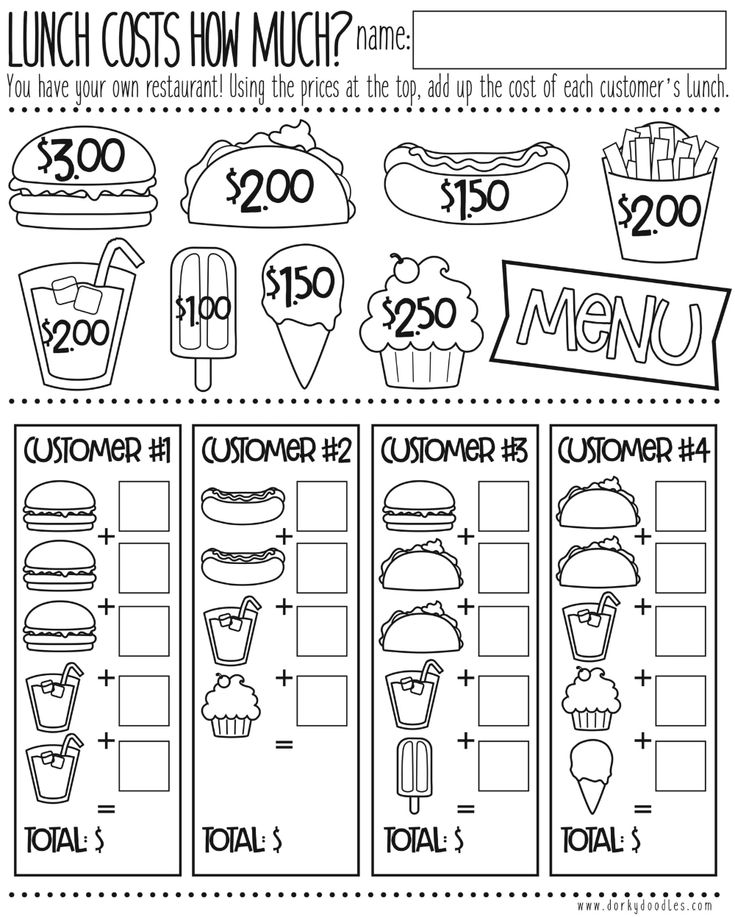 com (262)
com (262)
TiresShipped2U (231)
tires.auto (183)
OverstockTires (119)
City Limit Tire (112)
accelerationtire (84)
tyresgator (58)
Prioritytire (53)
Extreme Customs LLC (42)
Low Tire Price (24)
massgenie.com (22)
Ready To Mount (21)
thetiremedic (17)
Fox Tire Company (12)
runkastore (9)
4wd.com (4)
tire508 (3)
TiresByWeb (2)
autopartswarehouse.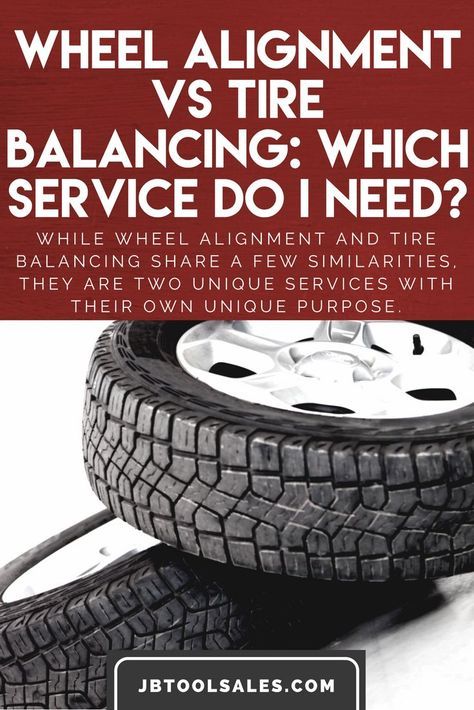 com (1)
com (1)
cybmax2 (1)
revzilla.com (1)
Show all
Additional Options
LL
RF
XL
Runflat
Spikes
All
Construction
Average Test Review
Price category
Budget Tires (2041)
Quality Tires (1477)
Premium Tires (930)

We believe everyone should be able to make financial decisions with confidence. And while our site doesn’t feature every company or financial product available on the market, we’re proud that the guidance we offer, the information we provide and the tools we create are objective, independent, straightforward — and free.
So how do we make money? Our partners compensate us. This may influence which products we review and write about (and where those products appear on the site), but it in no way affects our recommendations or advice, which are grounded in thousands of hours of research. Our partners cannot pay us to guarantee favorable reviews of their products or services. Here is a list of our partners.
You can pay from $50 to over $1,000 for a single new tire, depending on type and quality.
By
Whitney Vandiver
Whitney Vandiver
Writer | Car ownership, car maintenance
Whitney Vandiver writes for NerdWallet about ways car owners can save money on ownership and maintenance.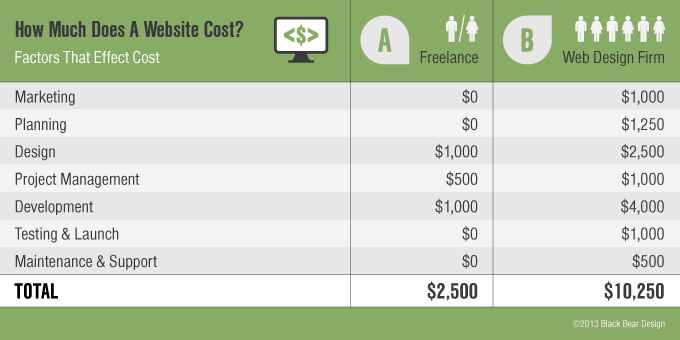 She previously wrote in the oil and gas industry, where she was published in national journals and international magazines. Whitney became a writer out of enjoyment and finds stories that highlight or help the LGBTQ+ community the most rewarding to craft. When she's not writing, she enjoys reading and walking with her Irish wolfhound. She is based in Houston.
She previously wrote in the oil and gas industry, where she was published in national journals and international magazines. Whitney became a writer out of enjoyment and finds stories that highlight or help the LGBTQ+ community the most rewarding to craft. When she's not writing, she enjoys reading and walking with her Irish wolfhound. She is based in Houston.
Learn More
Updated
Edited by Julie Myhre-Nunes
Julie Myhre-Nunes
Assistant Assigning Editor | Auto loans, consumer credit
Julie Myhre-Nunes is an assistant assigning editor at NerdWallet. She has been working in the personal finance space for more than 10 years. Before joining NerdWallet, Julie oversaw editorial teams at NextAdvisor, Red Ventures and Quote.com. Her personal finance insight has been featured on Forbes, The Boston Globe and CNBC throughout the years. Julie’s writing has been published by USA Today, Business Insider and Wired Insights, among others. Email: [email protected].
Julie’s writing has been published by USA Today, Business Insider and Wired Insights, among others. Email: [email protected].
Many or all of the products featured here are from our partners who compensate us. This influences which products we write about and where and how the product appears on a page. However, this does not influence our evaluations. Our opinions are our own. Here is a list of our partners and here's how we make money.
Tires are a big part of the cost of owning a car, and the range of tire prices doesn’t make it easier to budget for them.
The price of tires depends on several factors, including how they perform in certain weather conditions, how well they handle, and what type of terrain they can manage.
Each type of tire comes with its own price range. And while some tires might induce sticker shock, plenty of affordable options are on the market.
Tires are made of varying compounds and have different treadwear ratings.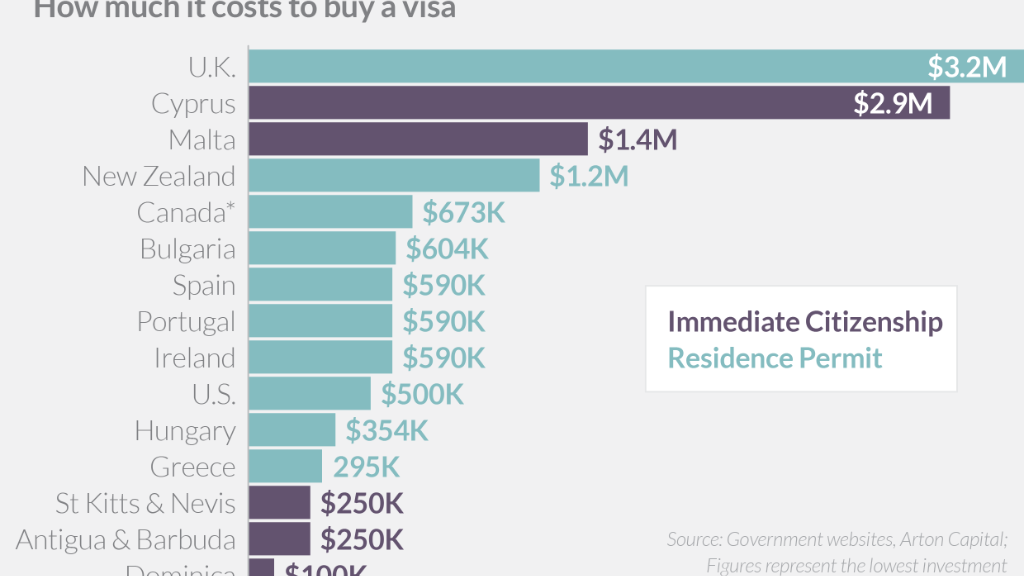 These ratings tell you how long the tires will likely last. Tires are usually categorized according to the conditions in which they work best. Here are some of the common types of tires, and the factors that may affect their cost.
These ratings tell you how long the tires will likely last. Tires are usually categorized according to the conditions in which they work best. Here are some of the common types of tires, and the factors that may affect their cost.
Weather performance. Tires are categorized as summer, winter or all-season. Summer and winter tires are designed to perform in certain types of weather, and all-season tires find a balance between summer and winter. All-season tires tend to be the cheapest option, and summer tires tend to be the most expensive. Winter tires fall somewhere in the middle.
🤓Nerdy Tip
If you live somewhere that drops below 40 degrees for only a few weeks a year, it’ll be cheaper to buy all-season tires for year-round driving than to go with winter tires that you swap out seasonally.
Comfort. Some types of tires, such as touring tires, are designed to give you a smoother ride. Comfort tires may have the same performance potential as other tires — for example, they may have the same wet and dry braking capabilities as all-season tires — but they tend to cost more because they offer a more comfortable ride.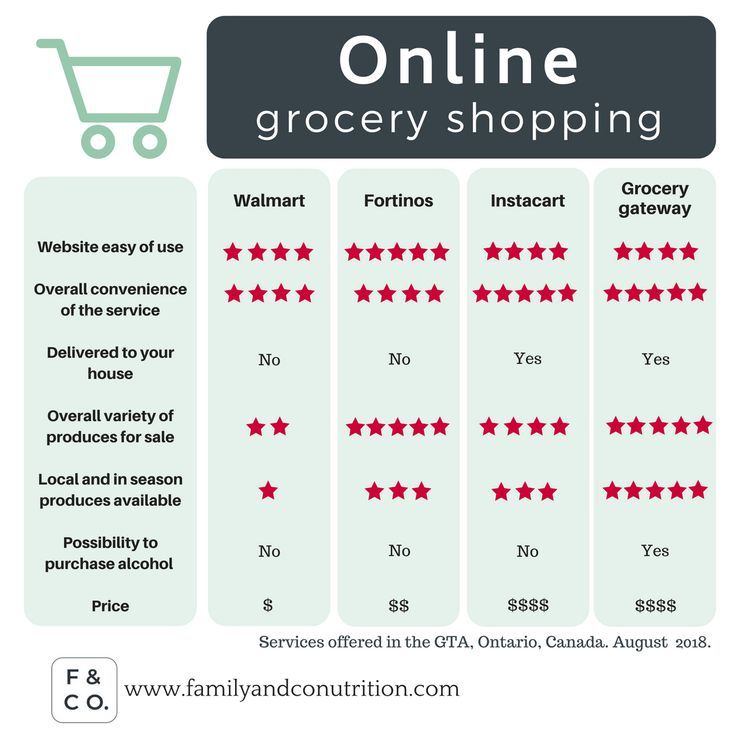
Terrain. All-terrain tires are generally more expensive than standard highway tires because they have tread designed to let you go off-road. While you can get about 40,000 miles out of an all-terrain tire, it’s likely to wear down more quickly and need replacing sooner than a highway tire.
Performance. Designed for sports cars, performance tires let you take corners tightly and stop on a dime. They’ll give you that fast-driving experience, but you’ll pay more for performance tires.
The cost of tires can vary widely by type. Discount Tire, a national tire retailer, breaks down the average cost of tires by type and wheel size. Here is the range of prices and median cost per tire for each wheel size:
12-inch to 15-inch wheels. Tires often run $80 to $150, with a median price of $115. These tires are common for compact cars.
16-inch to 20-inch wheels. Tires of this size generally cost $100 to $400, with a median price of $250.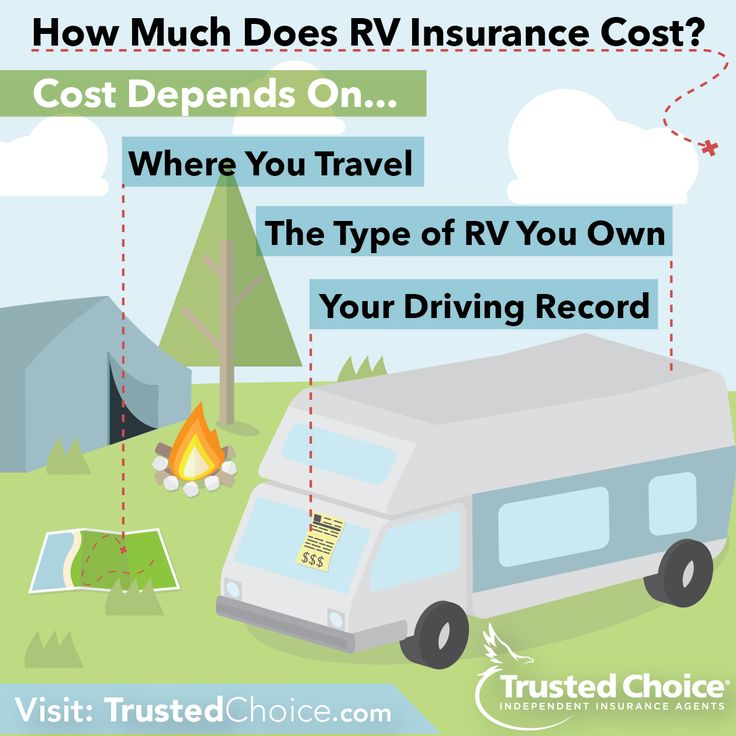 These tires are common for SUVs, crossovers, vans and trucks.
These tires are common for SUVs, crossovers, vans and trucks.
18-inch to 26-inch wheels. Tires often cost $140 to $500, with a median price of $320. These tires are common for larger trucks and utility vehicles.
The cheaper the tire within a certain group, the less likely it is to perform as well or last as long. Economical options are available, but research the quality of any tire you’re considering before buying it.
The table below shows the range of prices for different types of tires. These prices are not specific to a certain vehicle or tire size. They were gathered from Discount Tire's online inventory in October 2022.
Type of tire | Low price per tire | High price per tire |
|---|---|---|
All-season | ||
Summer | $1,486. | |
Winter | $1,311. | |
Touring | ||
Terrain | $1,447. | |
Performance | $1,486. |
When having new tires installed, the total average cost for labor is $50 to $300, according to CarRoar.com. The labor cost can vary by vehicle and tire size: The bigger the tires or more complicated the install, the higher the labor charge. For example, many shops charge more to mount low-profile tires.
Having new tires installed includes several steps. Your total labor cost is likely to include the time to perform the labor, mounting and balancing of the new tires, and disposal fees to get rid of your old tires.
🤓Nerdy Tip
You are likely to get a discount on the labor for having new tires installed if you have the work done at the shop where you purchase the tires.
Frequently asked questions
How much does a set of four tires cost?
The price of a set of four tires will depend on the size and type of tire, but the median price for four tires is between $460 and $1,280. If you have smaller tires and decide to go with a cheaper option, you could pay below that range. However, if you have larger wheels and want performance or touring tires, you’re likely to pay close to $1,000 or more. Keep in mind these prices do not include labor fees to have the tires installed.
If you have smaller tires and decide to go with a cheaper option, you could pay below that range. However, if you have larger wheels and want performance or touring tires, you’re likely to pay close to $1,000 or more. Keep in mind these prices do not include labor fees to have the tires installed.
What is a good price to pay for tires?
The price of a tire depends on several factors, but you can use the average median price based on size to judge if you’re getting a good deal. A median price for a tire for a 12-inch to 15-inch wheel will run about $115. That jumps to a median price of $250 for 16-inch to 20-inch wheels, and a tire for a larger 18-inch to 26-inch wheel is likely to have a median price of $320.
Should I replace all four tires at once?
You’ll probably need to replace all four tires at once if you drive an all-wheel drive vehicle. Otherwise, you could damage the vehicle’s drivetrain. But other types of vehicles give you more options. You can probably replace a single tire if it’s damaged and the other tires still have substantial tread remaining.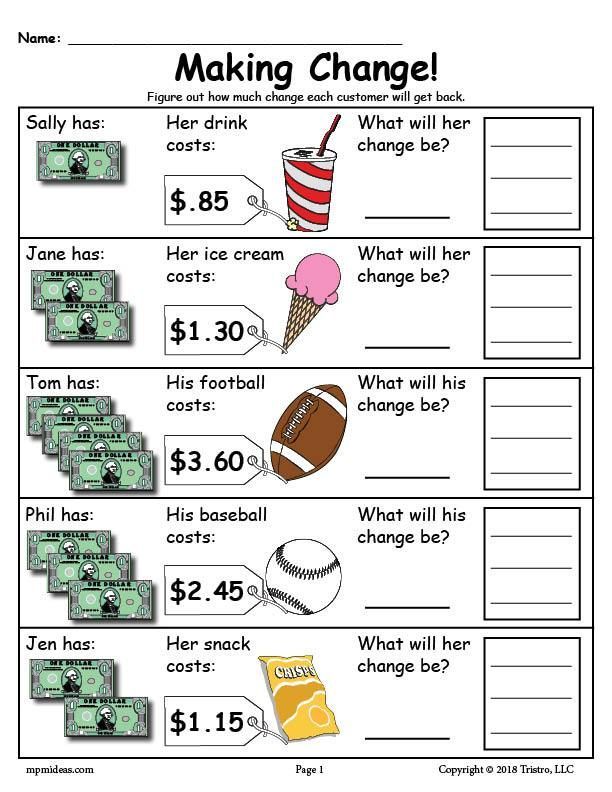 Chat with a tire specialist if you’re unsure about your options.
Chat with a tire specialist if you’re unsure about your options.
How long should four tires last?
If you replaced all four tires at the same time or are on a vehicle’s first set of tires, on average the tires should last about six years and get between 36,000-75,000 miles in their lifespan. But tire life can vary with factors like driving habits, maintenance and climate. Regardless of their condition, no tires should be used longer than 10 years.
About the author: Whitney Vandiver is a writer at NerdWallet currently focusing on car ownership and maintenance. She's previously written about small business and payments. Read more
On a similar note...
Get more smart money moves – straight to your inbox
Sign up and we’ll send you Nerdy articles about the money topics that matter most to you along with other ways to help you get more from your money.
From the end of winter and the present warm season, motorists need food to change winter gum for summer gum. Tire replacement is recommended, if the temperature of the extraneous medium has risen higher than +7 ° С.
Tire replacement is recommended, if the temperature of the extraneous medium has risen higher than +7 ° С.
To choose a distant option of summer gum, following obov'yazkovo respect for the parameters of charcoal. Tires are guilty of a swirling reaction on the steering wheel. The parameters that should be added to this display are the shape and small tread, the hardness of the shoulder girdle, the warehouse of the gum sum. The greater the number of indications, the greater the quality and the quality of summer tires.
An important role is played by the acoustic comfort, which is also deposited in the warehouse of silica, carcass, little tread and block refinishing. Chim m'yakshe guma, tim hіshe hіd. In addition, the soft summer tires sag with the incomprehensible unevenness of the road surface.
Chim m'yakshe guma, tim hіshe hіd. In addition, the soft summer tires sag with the incomprehensible unevenness of the road surface.
To buy summer tires with high wear resistance, you need to know your feet:
Summer tires are made from solid gum, which ensures high galvanic characteristics.
Whether it's a tire, regardless of seasonality, may be different type of world - a combination of geometric parameters, so you can fit up to tiєї or other brand of car.
Size:
Crimia tsikh parametrіv, the picker also gives information about the speed index, admissible profitability, car weight and more.
It is necessary for you to buy summer gum in Kharkiv and Kiev warto pay respect to the little ones of the protector. Tires with deep asymmetric small pieces demonstrate the best grip on the road. Glybina little one also speaks about the rіven kerovanostі. Chim vin glibshe, tim tsey pokaznik more navit on a wet road. Marking Aqua or Rain to talk about the presence of special grooves that bring water from the area of contact with road surfaces and protection from aquaplaning. The price of tires, as a rule, depends on the practicality and the resource of the run.
Tires approved for summer are recommended to be replaced at least lower in 2-3 seasons. In order to continue the term of tire service, to ensure safety of control and accuracy in operation, it is necessary to carry out a second run-in of new tires with a stretch of the day. In order to increase the resource of the journey, the uniqueness of the aggressive minds of exploitation and extreme situations on the road. Don’t buy cheaply the amount of tires you have to buy, if you want, so that the stench made the high vimogas feel safe.
Don’t buy cheaply the amount of tires you have to buy, if you want, so that the stench made the high vimogas feel safe.
Our catalog has selected the best models of tires for summer, which are produced by domestic and foreign manufacturers. All products are tested with high quality and meet the highest safety standards.
The assortment includes summer tires of the following brands:
We can choose tires for summer, recommended by the manufacturer of your car with improved water style, smart operation and design. Acknowledgments of fahivtsі of our company choose tires of advanced traffic, for sports riding or for everyday use.
Tires & Disks online store offers a wide range of summer gum for passenger cars, light trucks, commercial vehicles, as well as foreign brands and crossovers of different brands. You can buy tires for a good variant on the site by filling in an application online. We have pratsyuє delivery of tires throughout Ukraine. To get additional information or a free consultation of a fahivtsya, call us.
You can buy tires for a good variant on the site by filling in an application online. We have pratsyuє delivery of tires throughout Ukraine. To get additional information or a free consultation of a fahivtsya, call us.
As you know, rubber loses its properties over time. It becomes less elastic, microcracks appear on its surface. Rubber, in the words of the drivers, "dubeet". The sidewalls become rigid, tire fitting is difficult. At the same time, the grip properties of the tire deteriorate, especially its ability to keep the car on wet pavement.
Tire age limit varies depending on the quality of the rubber compound and manufacturing technology. According to GOST, the warranty period for tires is five years, and the further possibility of using the tire is determined by the consumer. As a rule, tires go longer depending on the mileage and the accuracy of the driver. But it is worth considering buying tires older than eight years, even if they look decent and, without running a single kilometer, lay in the warehouse.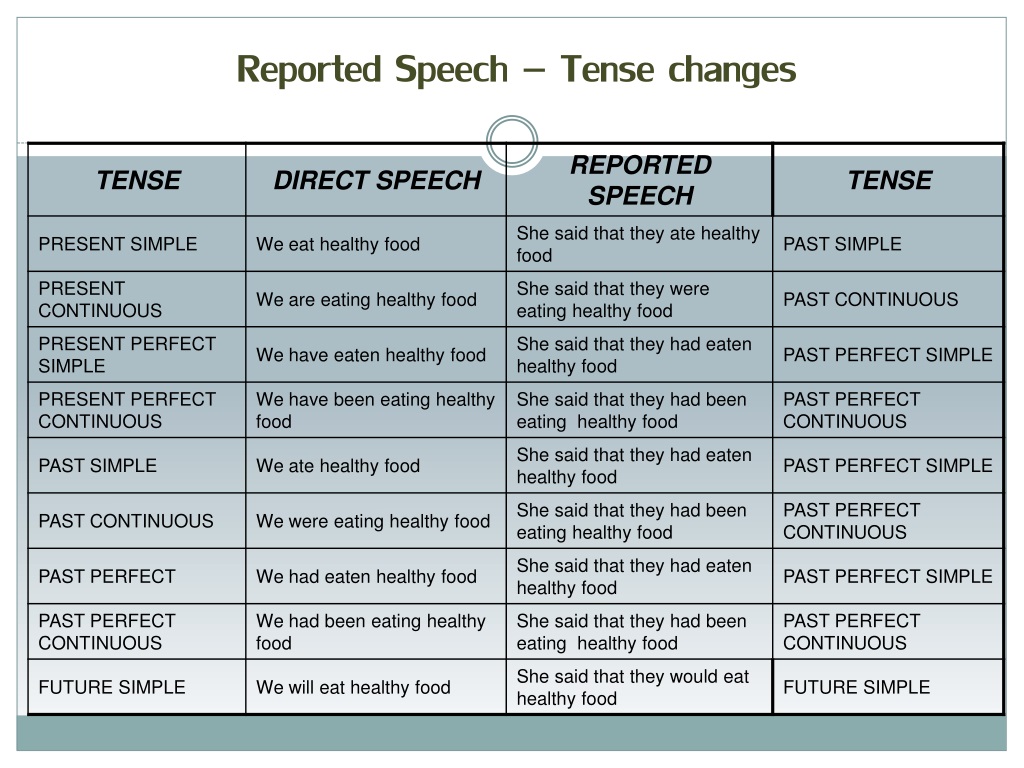
The production date is printed on the sidewall as a set of four digits: the first two are the week of manufacture, the next two are the year of manufacture. It is easy to calculate that, for example, the numbers "5012" mean that you have a tire released in December 2012.
It is also important when buying a set to choose not only tires of the same brand and model for all wheels, but also preferably close in age. This is the only way to count on the fact that the purchased tires in terms of properties will not differ much from one another.
This is a special item when choosing a used tire. They can be divided into two groups - visible and hidden.
Visible include punctures, tears, cuts, hidden - damage to the cord. This kind of damage is clearly visible when examining the inside of the tire. You can allow the presence of "fungi" and patches from the side of the tread. But their number should not be excessive.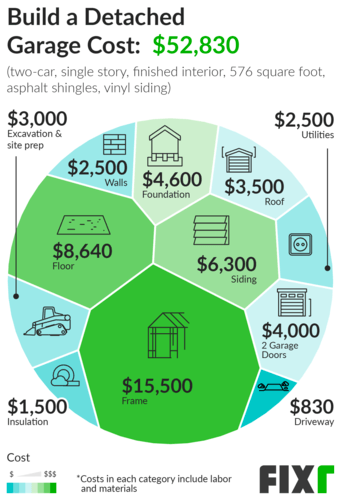 The more patches, the more difficult it is to balance the wheels, and the comfort and suspension parts suffer from this while driving, and the residual life of the tire itself is reduced.
The more patches, the more difficult it is to balance the wheels, and the comfort and suspension parts suffer from this while driving, and the residual life of the tire itself is reduced.
7 rubber signals: what the tire says about car problems
In addition, it must be remembered that the patch blocks the exit of air from inside the wheel, but does not block the entry of moisture into the tire structure from the outside. Water, including salt containing water, getting on the metal cord, first causes rust, and then the destruction of metal threads. In comparison with a patch, a sealing puncture on both sides (“fungus”) looks preferable. But patches on the sidewall - a thing generally unacceptable. A tire with a side cut is not serviceable. In the best case, on a tire with a “healed” sidewall, you can, with care, get to the house, and then change the wheel.
It has been noticed that other sellers, in order to hide the patches and the “medical history” of the tire, offer them complete with a disc. The buyer will not disassemble the wheel to inspect it from the inside! Often, the pressure in the tire is noticeably lower than the working one. The fact is that under normal pressure, internal damage can give itself away. Hence the advice: if you are looking at used tires, it is better to buy them without rims or not on rims.
The buyer will not disassemble the wheel to inspect it from the inside! Often, the pressure in the tire is noticeably lower than the working one. The fact is that under normal pressure, internal damage can give itself away. Hence the advice: if you are looking at used tires, it is better to buy them without rims or not on rims.
A wheel inflated to operating pressure must be smooth, have a clear geometric shape without hernias and swellings. You can check this only by mounting the wheel on the disk and pumping it up. Therefore, when buying a used tire, it is necessary to discuss with the seller the possibility of a return in case of hidden defects.
7 main principles for choosing summer tires
In general, such defects are caused by damage to the cord after punctures or strong impacts. Outwardly, this is manifested in the wave-like bends of the tread - the whole thing. This can either be noticed in the parking lot or felt when driving at a slow speed.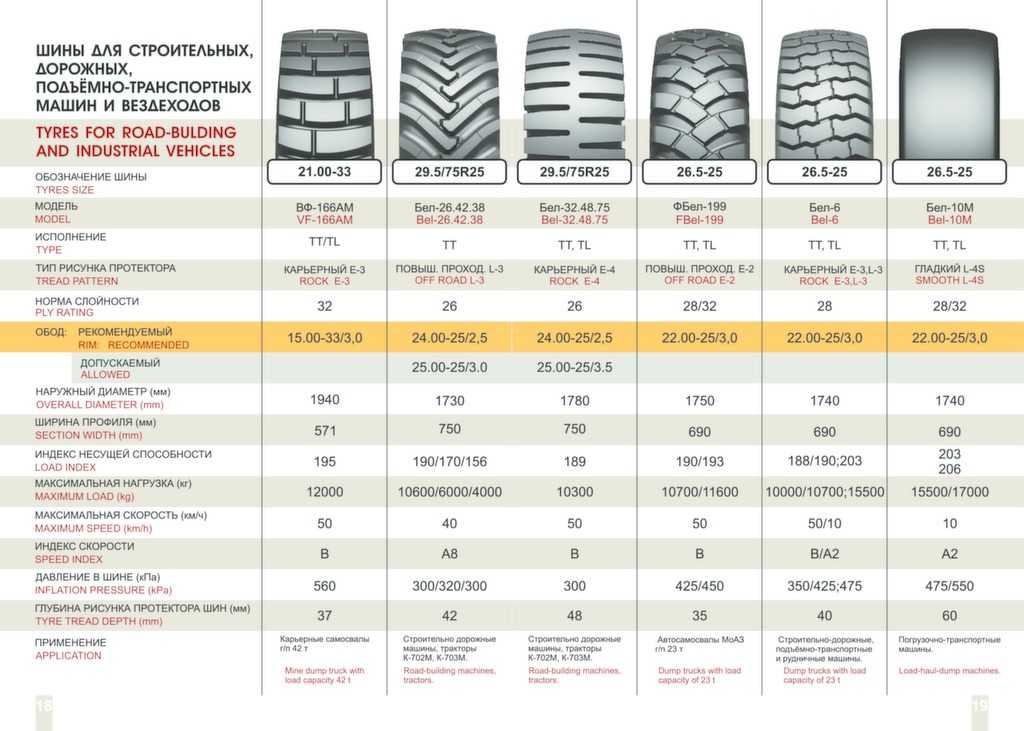 A car with damaged tires begins to rock from side to side. As the speed increases, the "waltz" disappears, but the car loses its stability. Is it dangerous.
A car with damaged tires begins to rock from side to side. As the speed increases, the "waltz" disappears, but the car loses its stability. Is it dangerous.
Cord splitting causes hernias. Most often they are found in the shoulder area and are the result of a collision with a curbstone. How long a wheel with a hernia lasts, no one will undertake to predict.
This is the main criterion when choosing tires with mileage. The depth of the tread determines how long you can ride on these tires. Remember that according to the Rules of the Road, the tread depth of summer car tires should not be less than 1.6 mm, and winter tires - less than 4 mm. It is clear that these are critical indicators, which means that a margin of no less than 2-3 mm must be added to them.
You also need to pay attention to the uniformity of tread wear. It should be the same in depth both in the center and along the side tracks around the entire circumference. In order for the wear pattern to be correct, measurements of the tread depth are carried out crosswise in diametrically opposite directions.